Chapter: Digital Electronics : Synchronous and Asynchronous Sequential Circuits
Hazards in Combinational Circuits and Sequential Circuits
HAZARDS
Hazards
are unwanted switching transients that may appear at the output of a circuit
because different paths exhibit different propagation delays.
Hazards
occur in combinational circuits, where they may cause a temporary false-output
value. When this condition occurs in asynchronous sequential circuits, it may
result in a transition to a wrong stable state.
Hazards in Combinational
Circuits
The following circuit demonstrates the
occurrence of a hazard:

Assume
that all three inputs are initially equal to 1. Then consider a change of x2
from 1 to 0. The output momentarily may go to 0 if the propagation through the
inverter is taken into account.
The
circuit implements the Boolean function in sum-of-products
Y = x1x2
+ x2’ x3
This type
of implementation may cause the output to go to 0 when it should remain a 1.
This is known as a static 1-hazard:

If the
circuit was implemented in product-of-sums, namely:
Y = (x1
+ x2’ )(x2 + x3 )
Then the
output may momentarily go to 1 when it should remain 0. This is referred to as
a static 0-hazard:
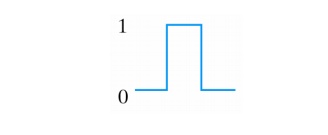
A third
type of hazard, known as dynamic hazard
causes the output to change 2 or 3 time when it should be change from 1 to 0 or
0 to 1:
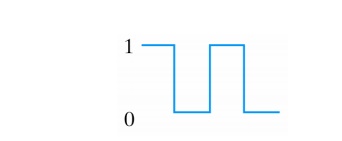
The
occurrence of the hazard can be detected by inspecting the map of the
particular circuit:
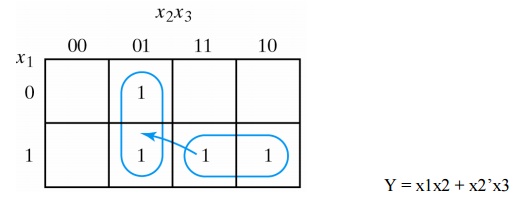
Y = x1x2
+ x2’x3
The
remedy for eliminating a hazard is to enclose the two minterms in question with
another product term that overlaps both groupings:
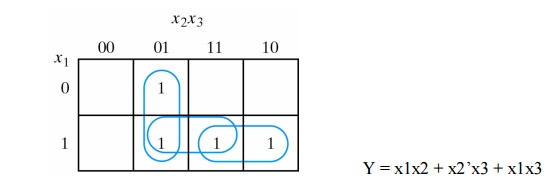
Y = x1x2
+ x2’x3 + x1x3
The hazard-free circuit is:
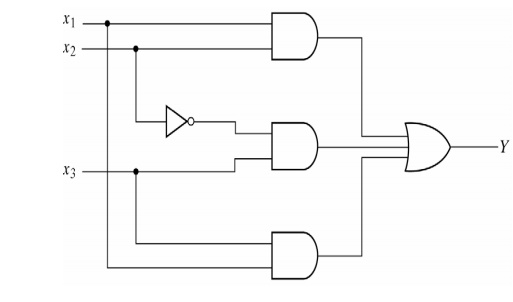
Hazards in Sequential Circuits
Consider the following asynchronous sequential
circuit:

If the
circuit is in total state yx1x2 = 111 and input x2 changes from 1 to 0, the next
total state should be 110. However, because of the hazard, output Y may go 0
momentarily.
If this
false signal feeds back into gate 2 before the output of the inverter goes to
1, the output of gate 2 will remain at 0 and the circuit will switch to the
incorrect total state 010.
This can
be eliminated by adding an extra gate.
Essential Hazards
An
essential hazard is the result of the effects of a single input variable change
reaching one feedback path before another feedback path.
Essential
hazards cannot be corrected by adding redundant gates as in static hazards.
They can
always be eliminated in a realization by the insertion of sufficient delays in
the feedback paths. Facility in doing this comes only with experience.
Related Topics